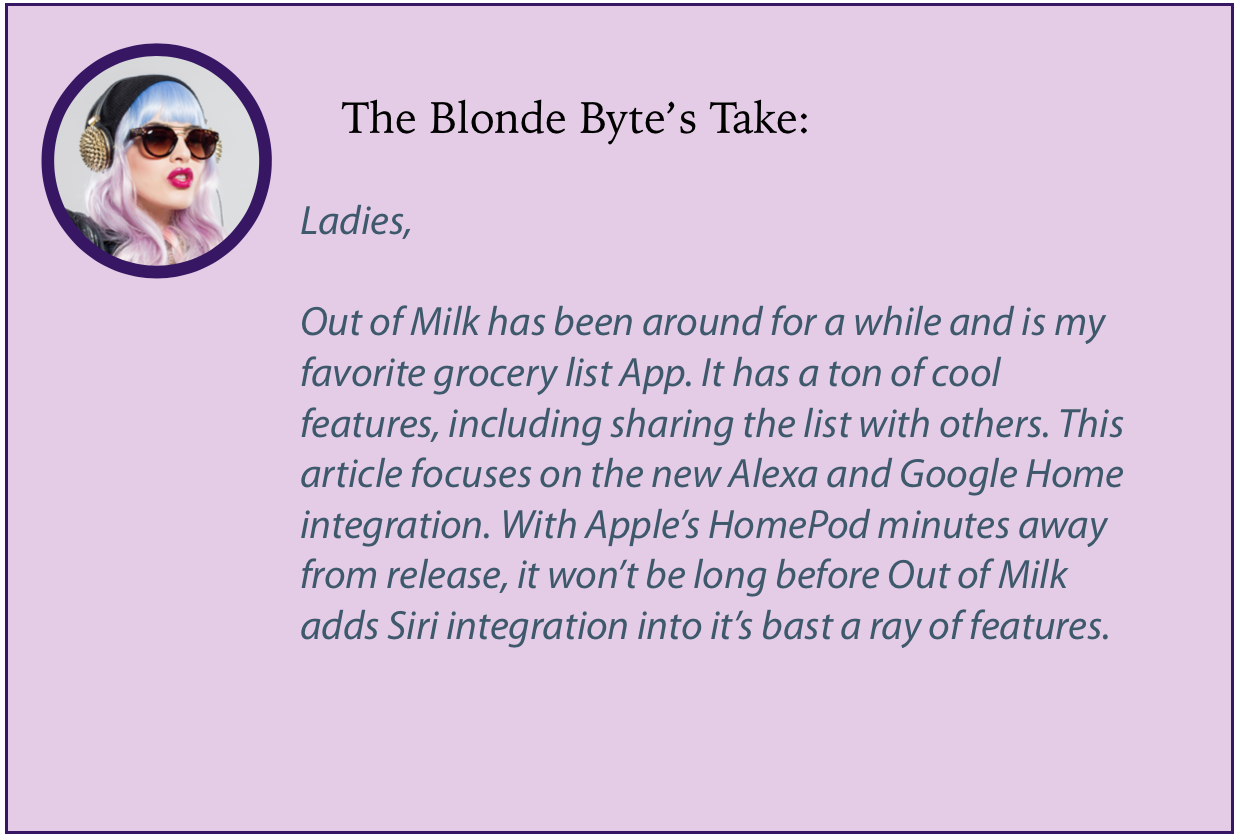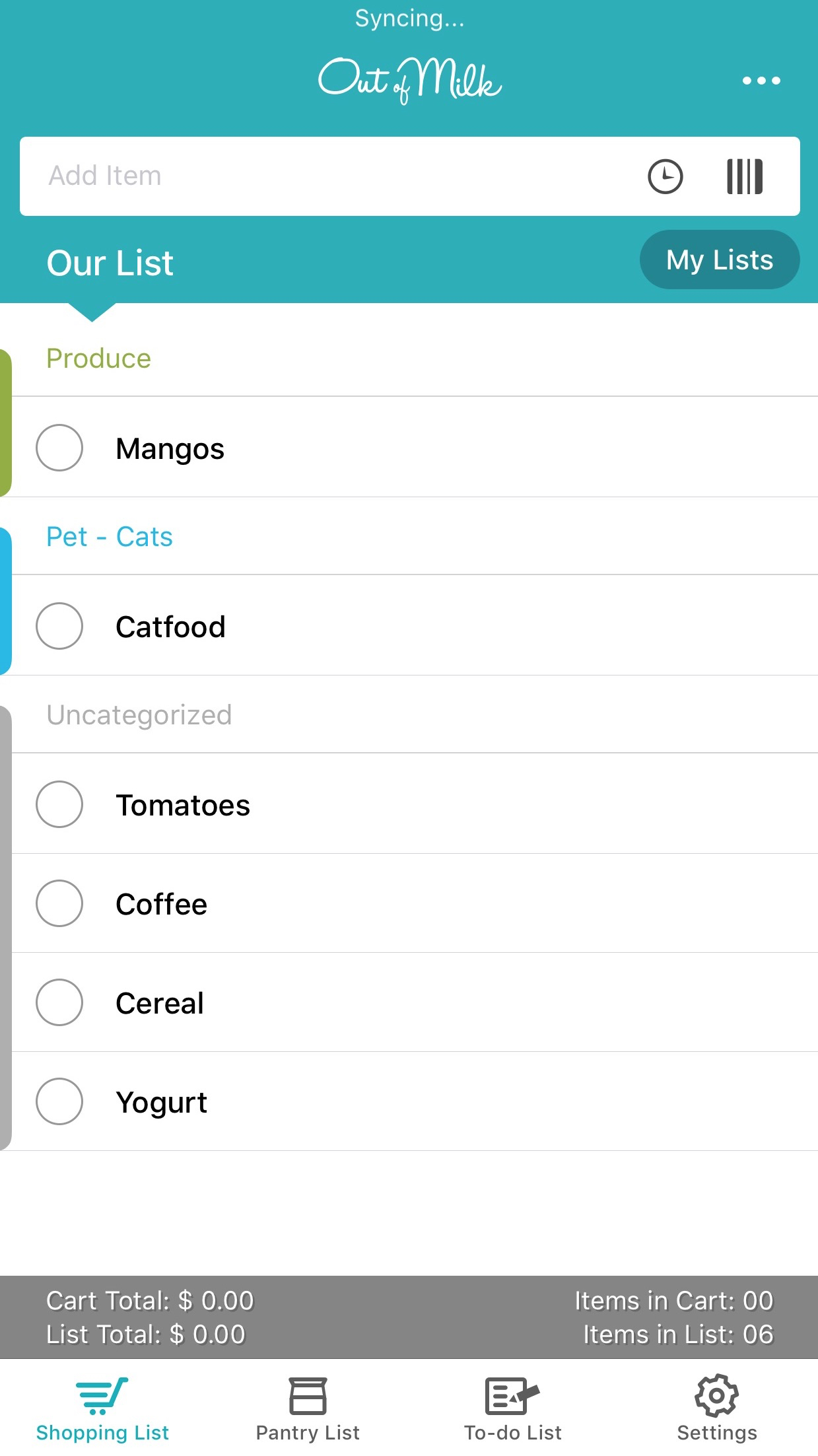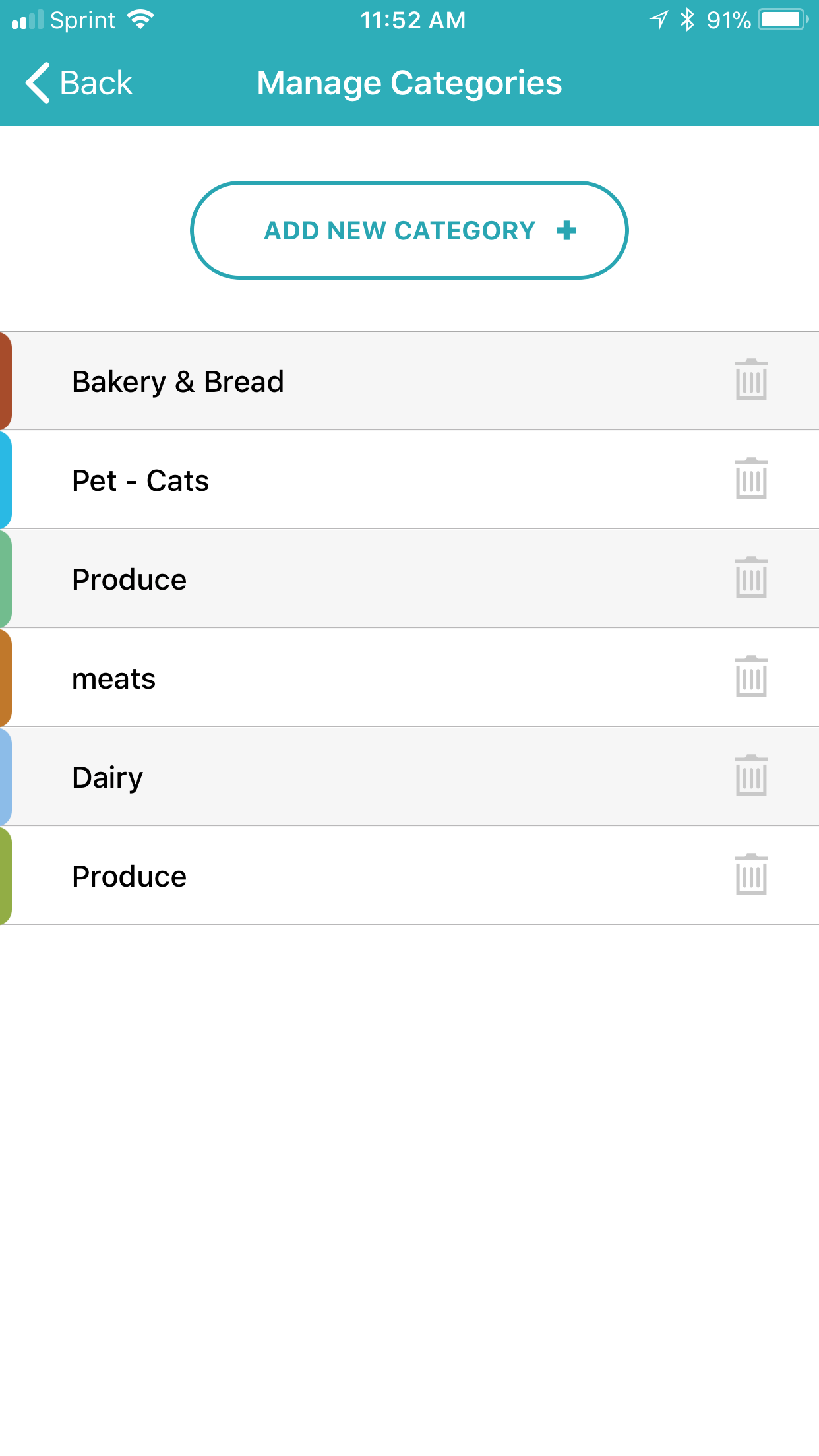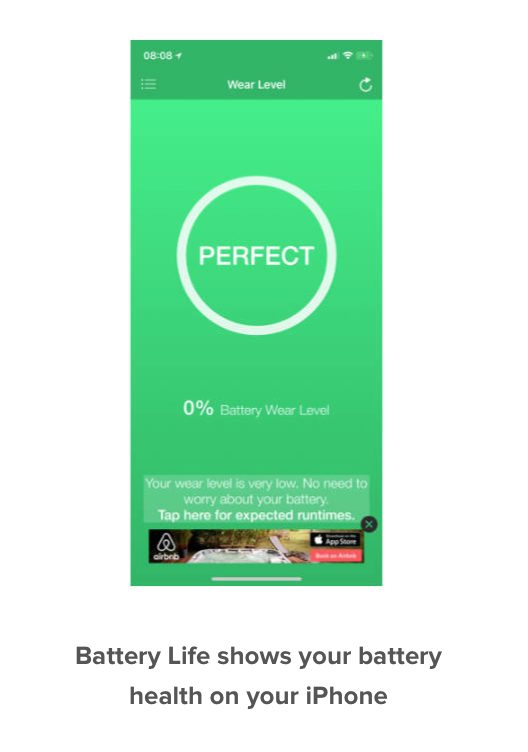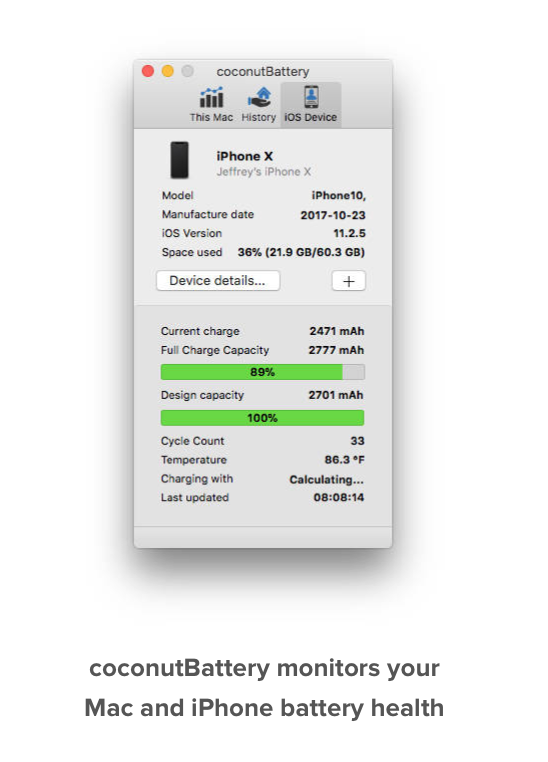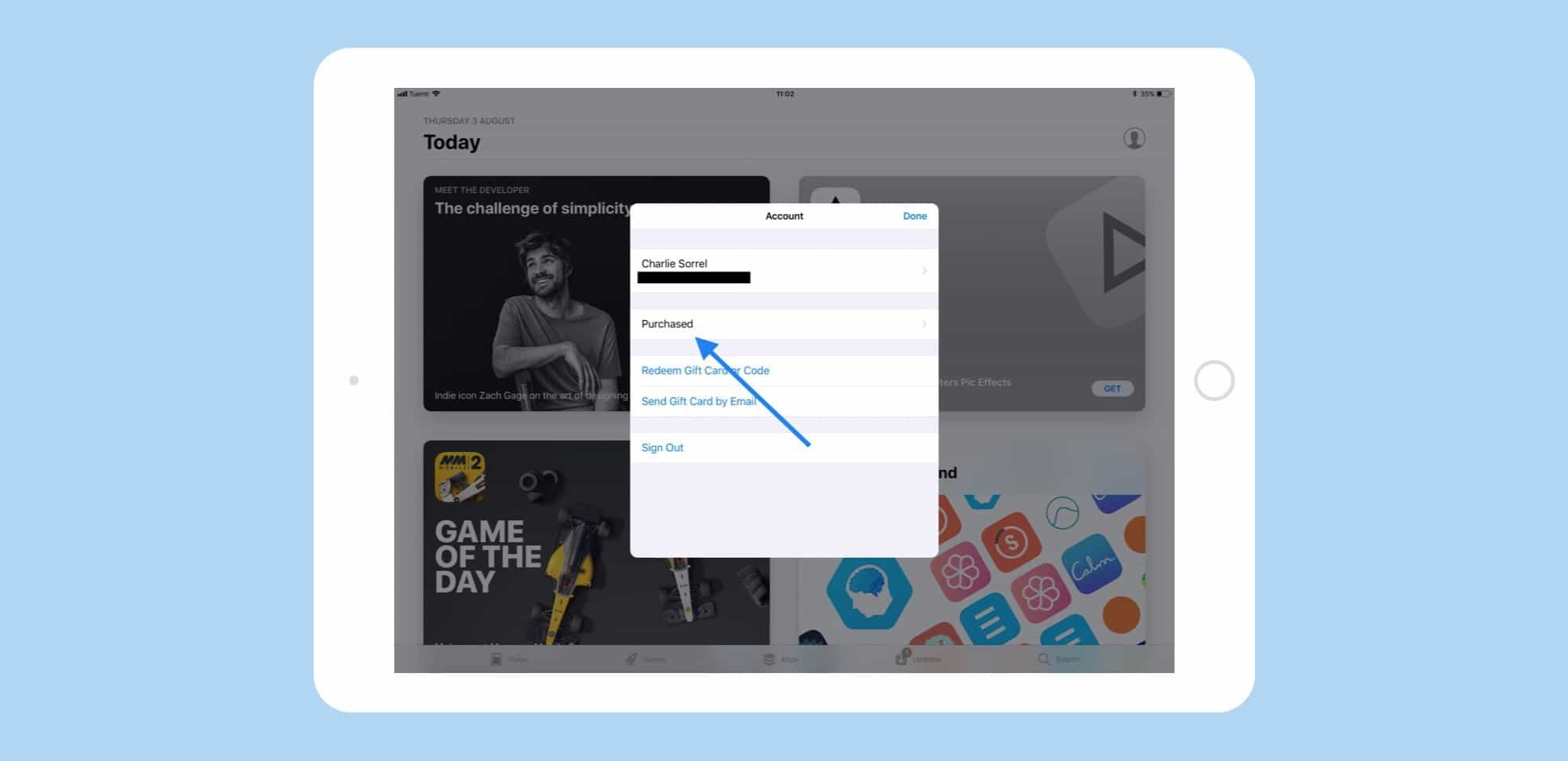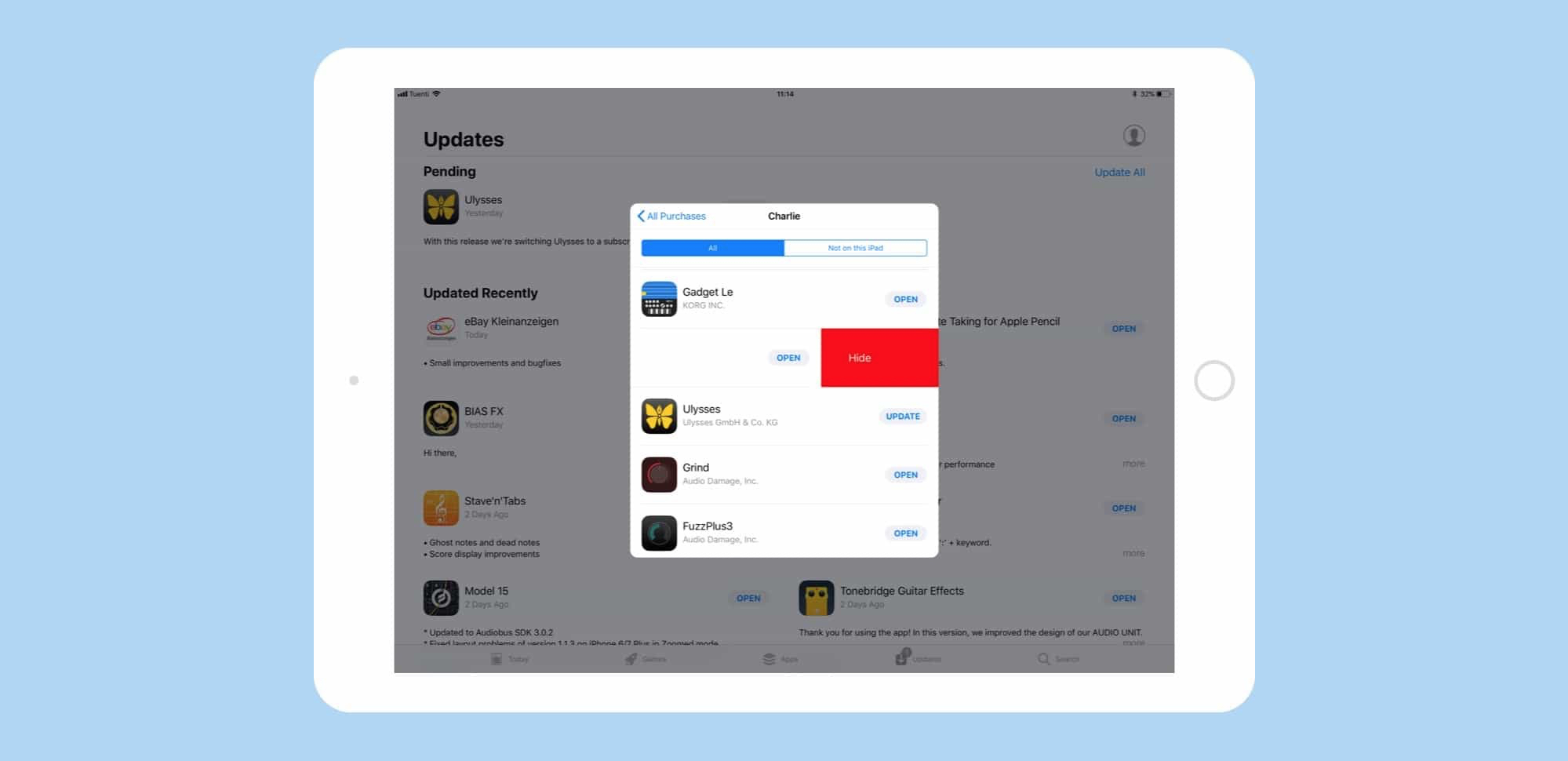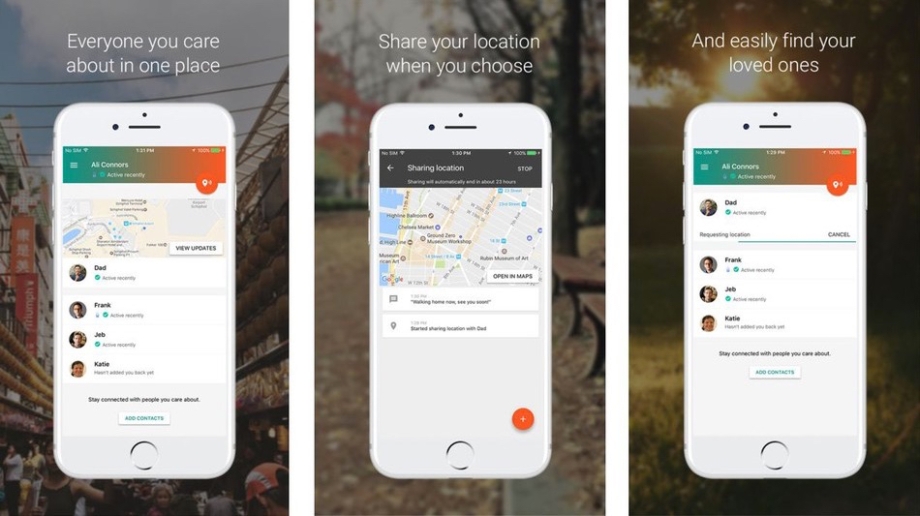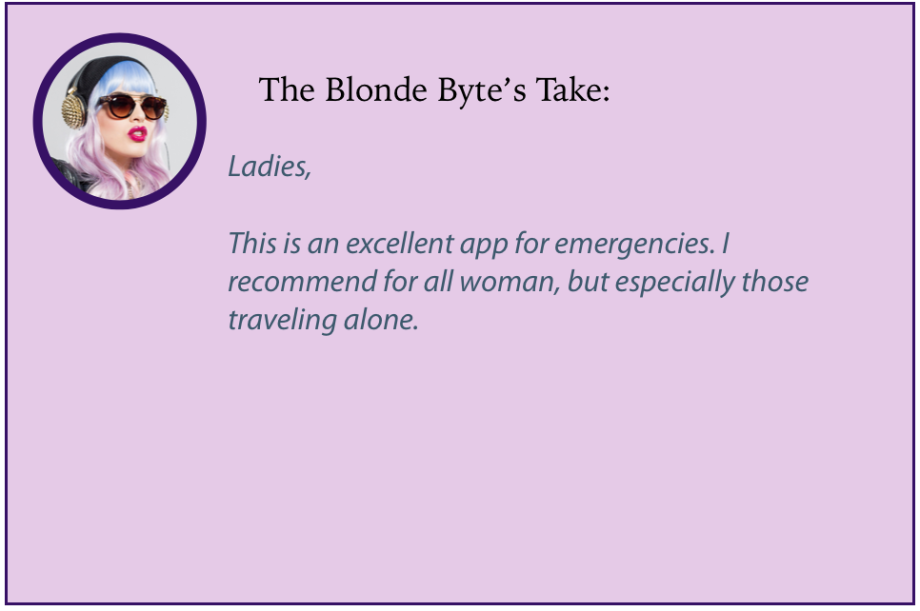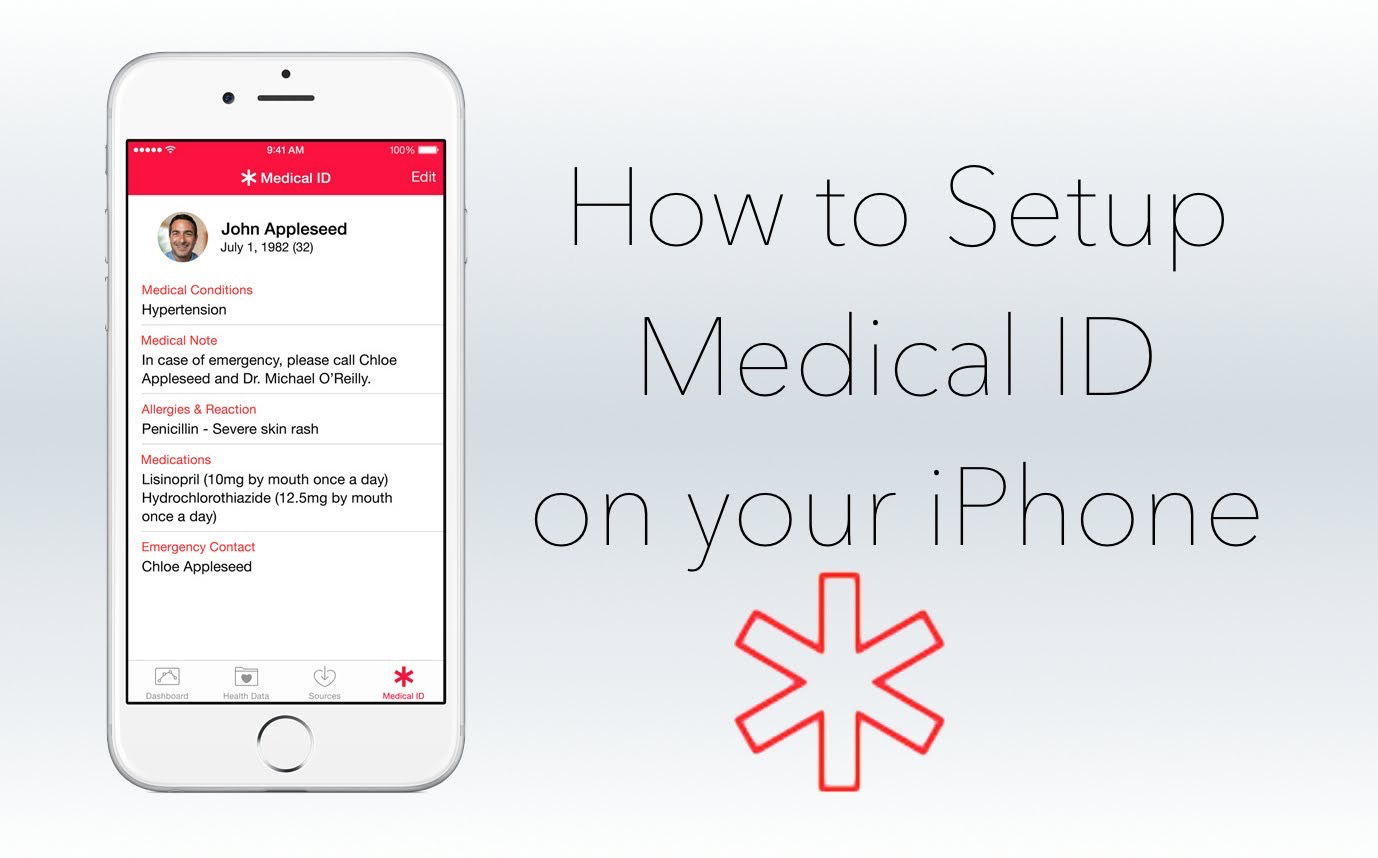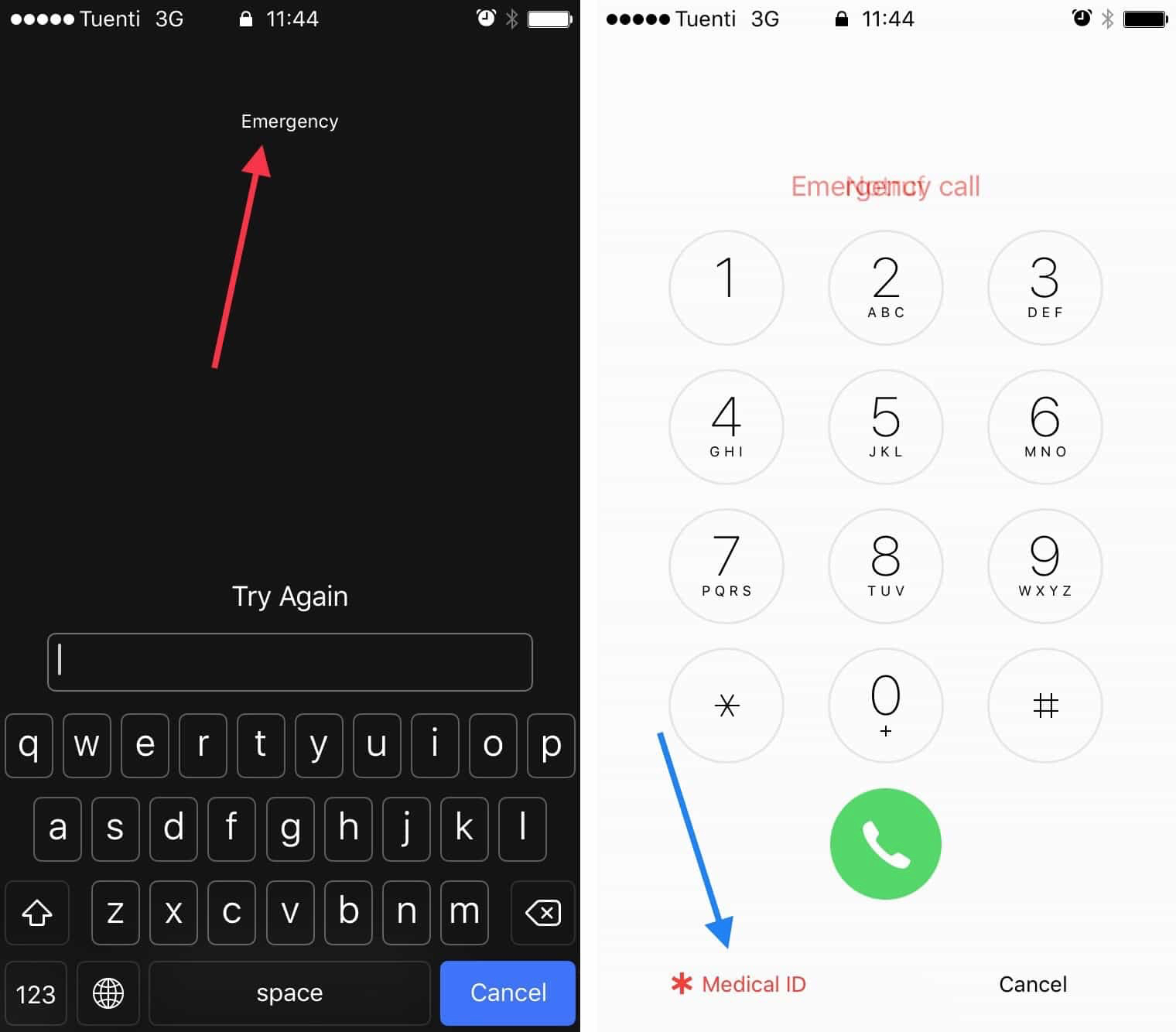

By Dave Smith of Business Insider
13 things everyone is going to love about iOS 11
Apple’s newest operating system for iPhones and iPads, iOS 11, finally launches this month. We’ll learn the official release date for iOS 11 at Apple’s big event on September 12; Apple calls its newest iOS “a giant step for iPhone” and “a monumental leap for iPad.”
Here are 13 things everyone will love in the next big iPhone and iPad update:
1. Live Photos will be much better.

Now you can make your live photos into GIFs, which you can make bounce back and forth. Also, you can finally choose which still frame of the Live Photo is the main image, making it easier to find the perfect moment to share on social media.
2. You’ll be able to store way more photos and videos on your phone.

Apple is changing the compression formats in iOS 11, which will allow you to store more photos and videos on your phone. Apple says you’ll be able to save twice as many photos and videos on your device than in iOS 10.
3. The App Store is getting a much-needed face-lift.
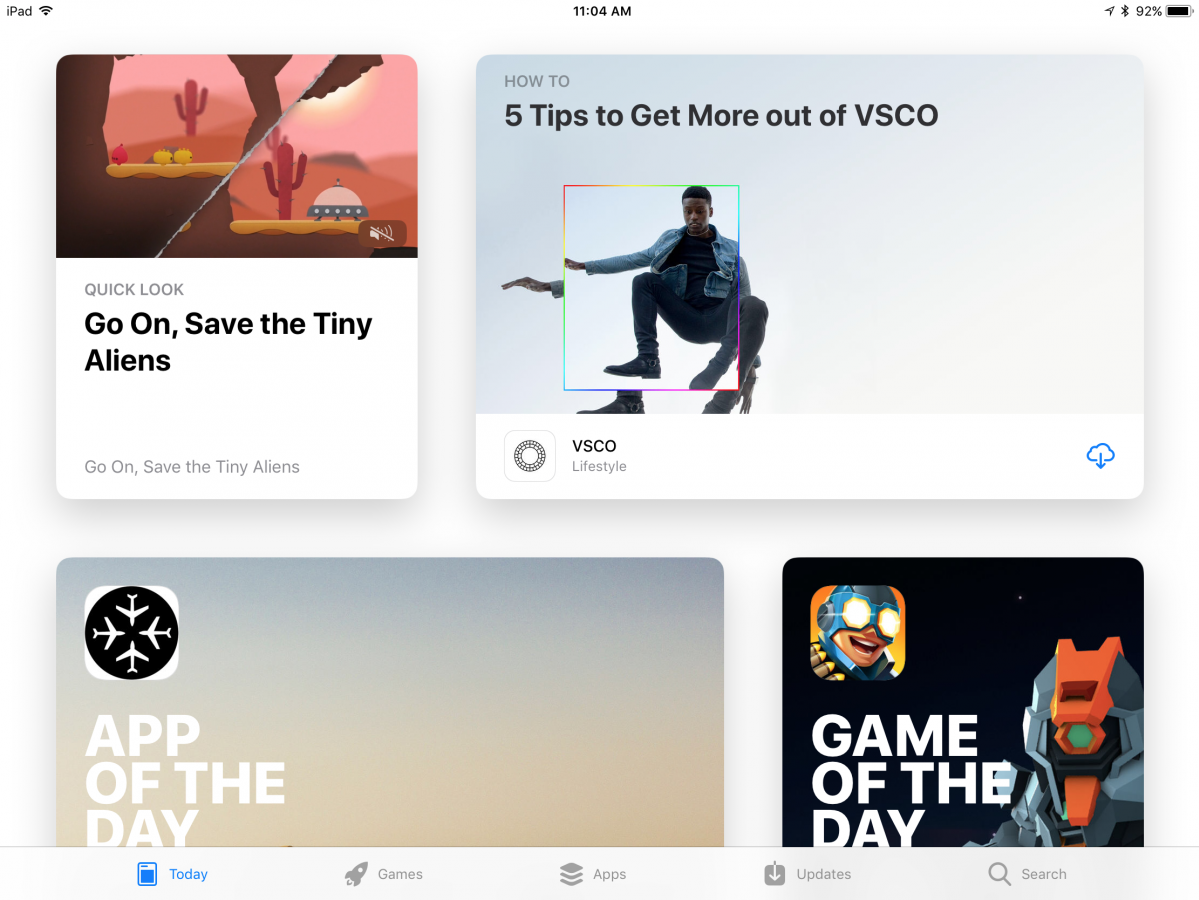
Apple is finally bringing the design language it established for newer apps like Music and News to the App Store itself.
Not only did Apple make the App Store look cleaner, with better, bolder text, it also changed its organization. Now everyone will have a personalized “Today” tab to highlight unique apps and games.
And speaking of games, Apple has finally dedicated a full tab of the App Store to games, making new or notable ones much easier to find.
4. The Messages app is getting cleaned up.

It felt like mayhem when Apple added the app drawer to its Messages app. Suddenly, you could add stickers and GIFs and all sorts of buttons and visuals to your messages, but all the new options weren’t easy to find and were somewhat overwhelming. Apple redesigned the app drawer in Messages for iOS 11, making it much easier to browse all the various stickers and emojis at your disposal.
5. Siri sounds more natural and can translate for you.

Apple says Siri is going to get much more advanced through machine learning and artificial intelligence — it’s unclear whether these changes would make Siri better to use, but at the very least, Apple has made Siri sound a bit less robotic and more natural, a bit like Amazon’s Alexa assistant.
And Apple is also testing a cool translation feature for Siri, where if you ask the assistant to say a certain phrase in a different language, like Chinese or Italian, it will speak on your behalf in the desired language.
6. The iPhone keyboard is getting smarter.

A signature feature of Google Now is finally coming to the iOS ecosystem: When you type in iOS 11, the keyboard will suggest words you may have recently viewed on your phone — from your Messages app, for example, or Safari. So when your friend texts you the name of a restaurant, it may be one of the first suggestions when you start searching for that restaurant on the web.
Also, you’ll be able to use the keyboard with one hand — just hold the emoji key and select one-handed typing to move all the keys closer to your thumb.
7. Apple is finally letting you manage your Control Center.

The Control Center was perhaps the most useful feature of iOS 7, released in 2013. By swiping up from the bottom of your screen, you could access a variety of shortcuts and buttons. Four years later, you’ll finally be able to choose what those shortcuts and buttons are.
8. Notifications are getting simplified.

In iOS 11, all your notifications — both recent and missed — are in one place, with no separate tabs. Just pull down from the top of the screen to see everything at once.
9. There’s a new feature that could actually save your life.

Distracted driving is a real, deadly problem. Apple has added a clever feature that triggers Do Not Disturb mode when the iPhone is in the car to hide notifications for texts, calls, and other apps while you’re driving. The feature can even notify people that you’re driving and will contact them soon.
10. Apple Maps are better, indoors and out.

Apple is adding indoor maps for hundreds of airports and shopping centers around the world, making it much easier to navigate your local mall.
And speaking of navigation, Apple has finally added lane guidance to Apple Maps for more precise turn-by-turn directions.
11. Setting up a new iPhone or iPad is much easier.

If you just bought a new iPhone or iPad, you can hold it close to an iOS device you already own to magically import all your settings, preferences and iCloud Keychain passwords. It helps you start using that brand-new device much more quickly than before.
12. The volume box is moving out of your way.

When you change the volume on your iPhone or iPad, a translucent box pops up in the middle of the screen. It’s a bit annoying, so Apple is redesigning the volume box in iOS
Here’s how it’ll look:

13. You can instantly share Wi-Fi passwords.

Soon, you’ll no longer need to save your Wi-Fi password on a wrinkled piece of paper in a drawer somewhere. In iOS 11, if you need a Wi-Fi password for a given network, just find someone who is already using it and hold your device near theirs to transfer the password instantly.
What new feature are you looking forward to the most in iOS 11? Tell us about it in the comments below!

